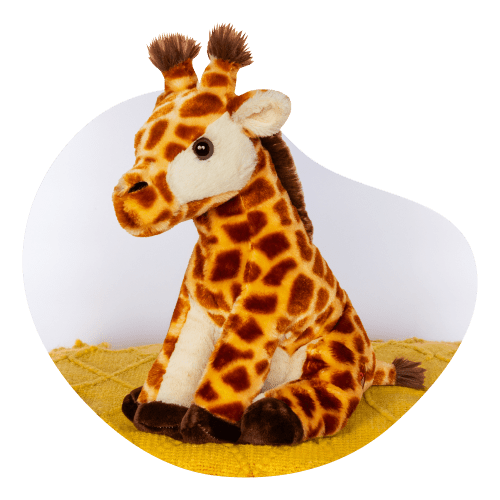
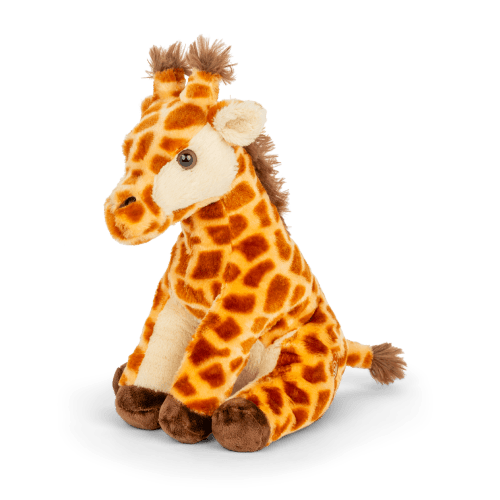
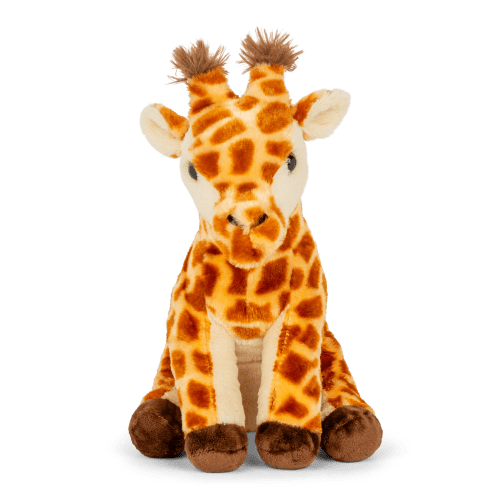
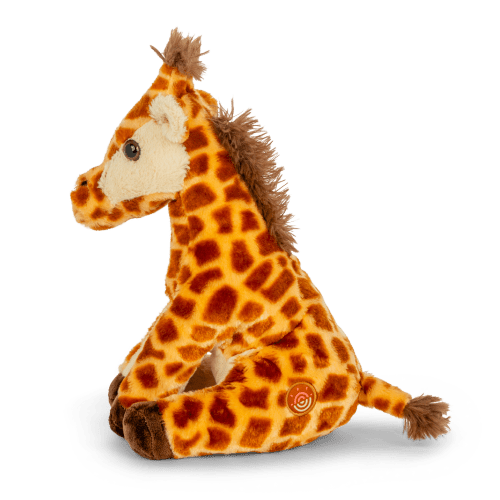
Each plush comes
with a real giraffe to track
Each plush comes
with a real giraffe
to track
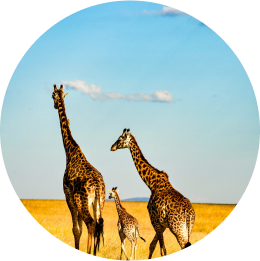
Meet your giraffe and learn their story
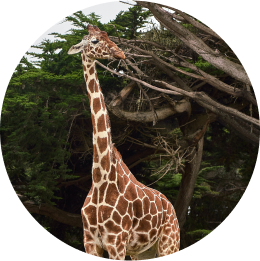
Reveal exclusive stats, photos, and updates along the way
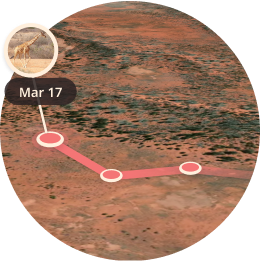
Follow their journey on a 3D tracking map
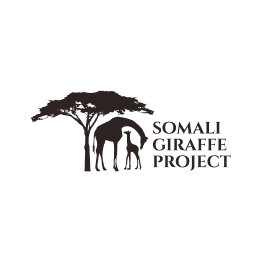
In partnership with Somali Giraffe Project
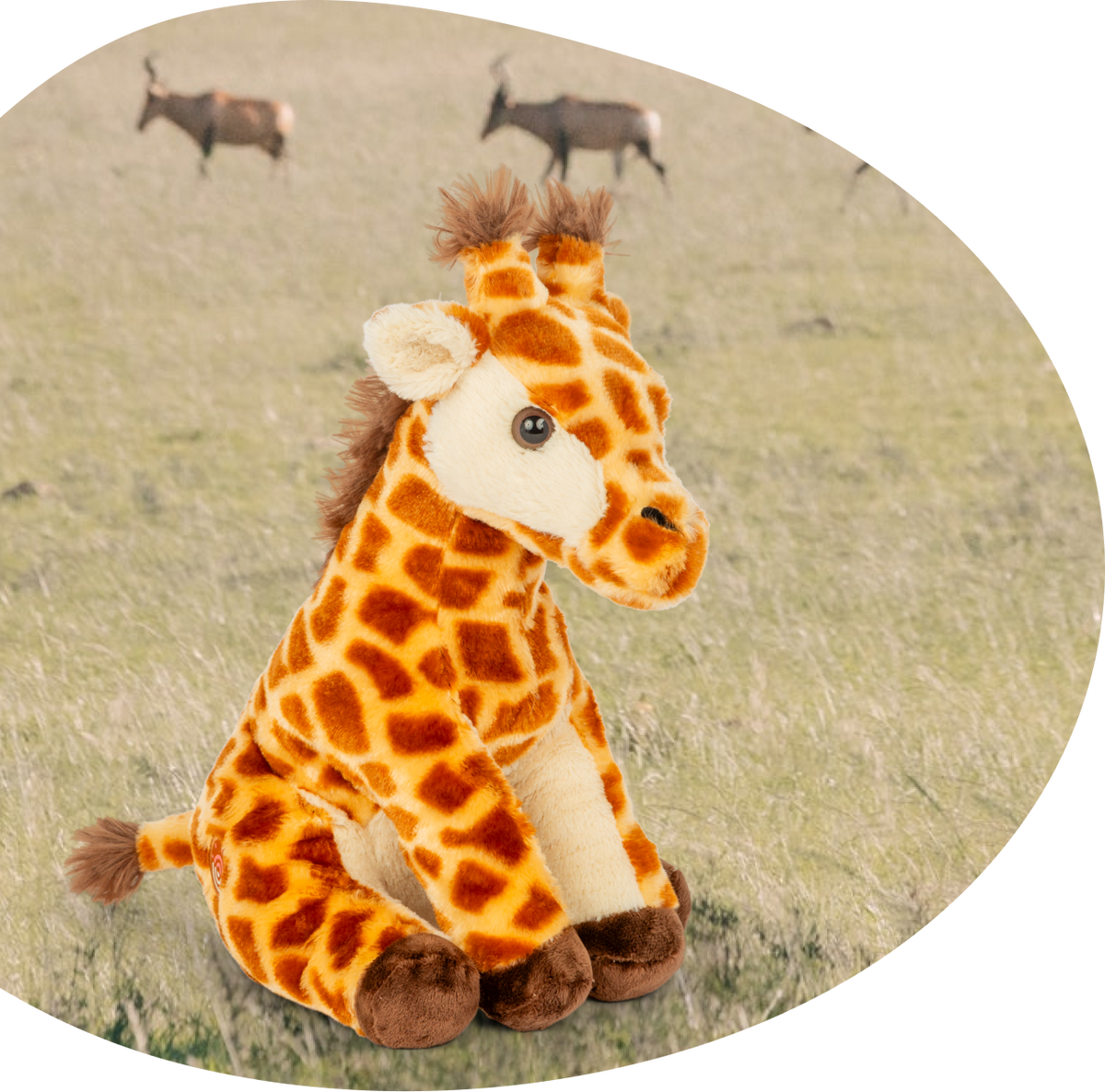
Made in partnership with the Somali Giraffe Project to support their work restoring reticulated giraffes in eastern Kenya. Fahlo's goal is to help further their mission, tracking giraffes through African grasslands.
One Small Plush.
One Big Mission.
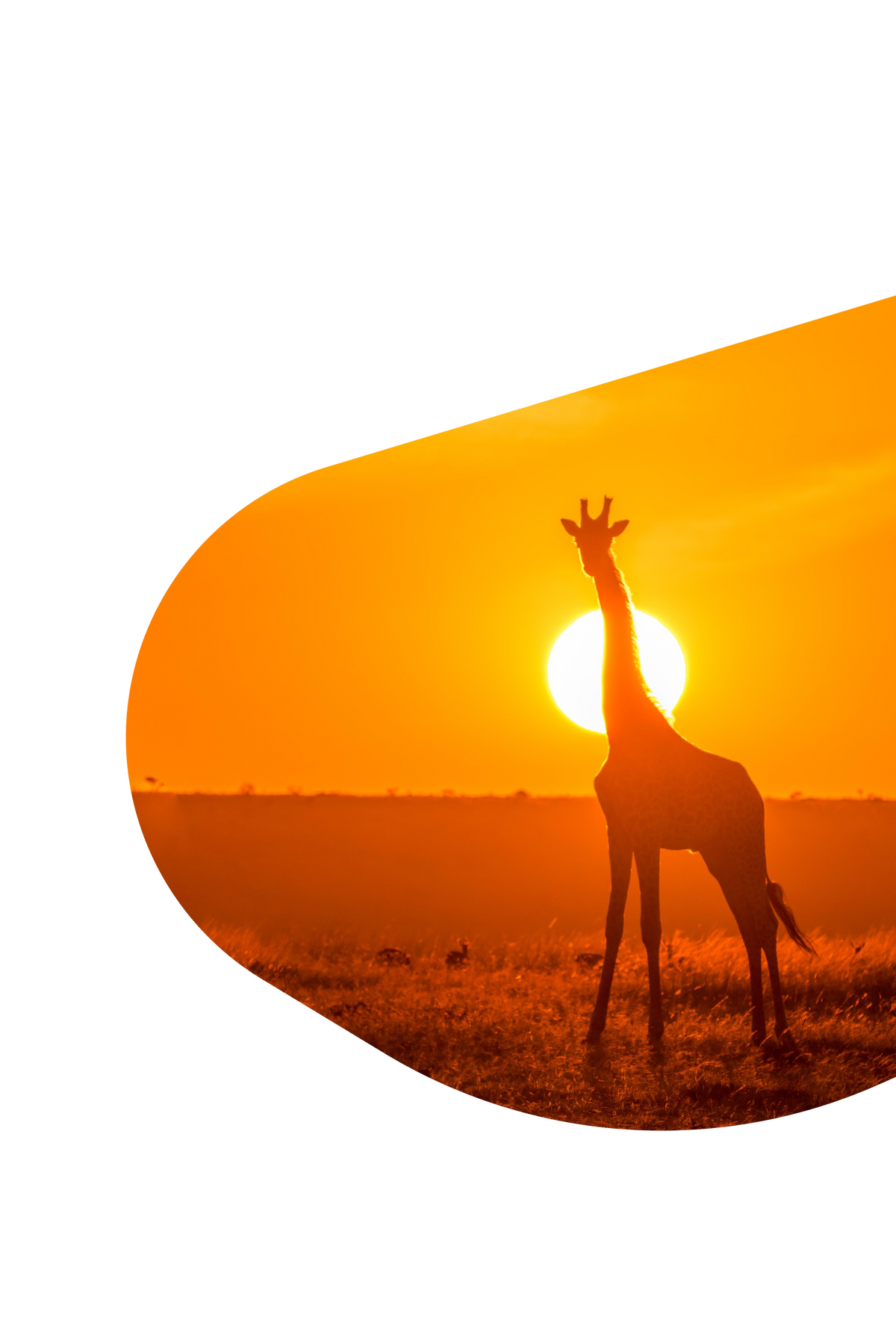
Common Questions
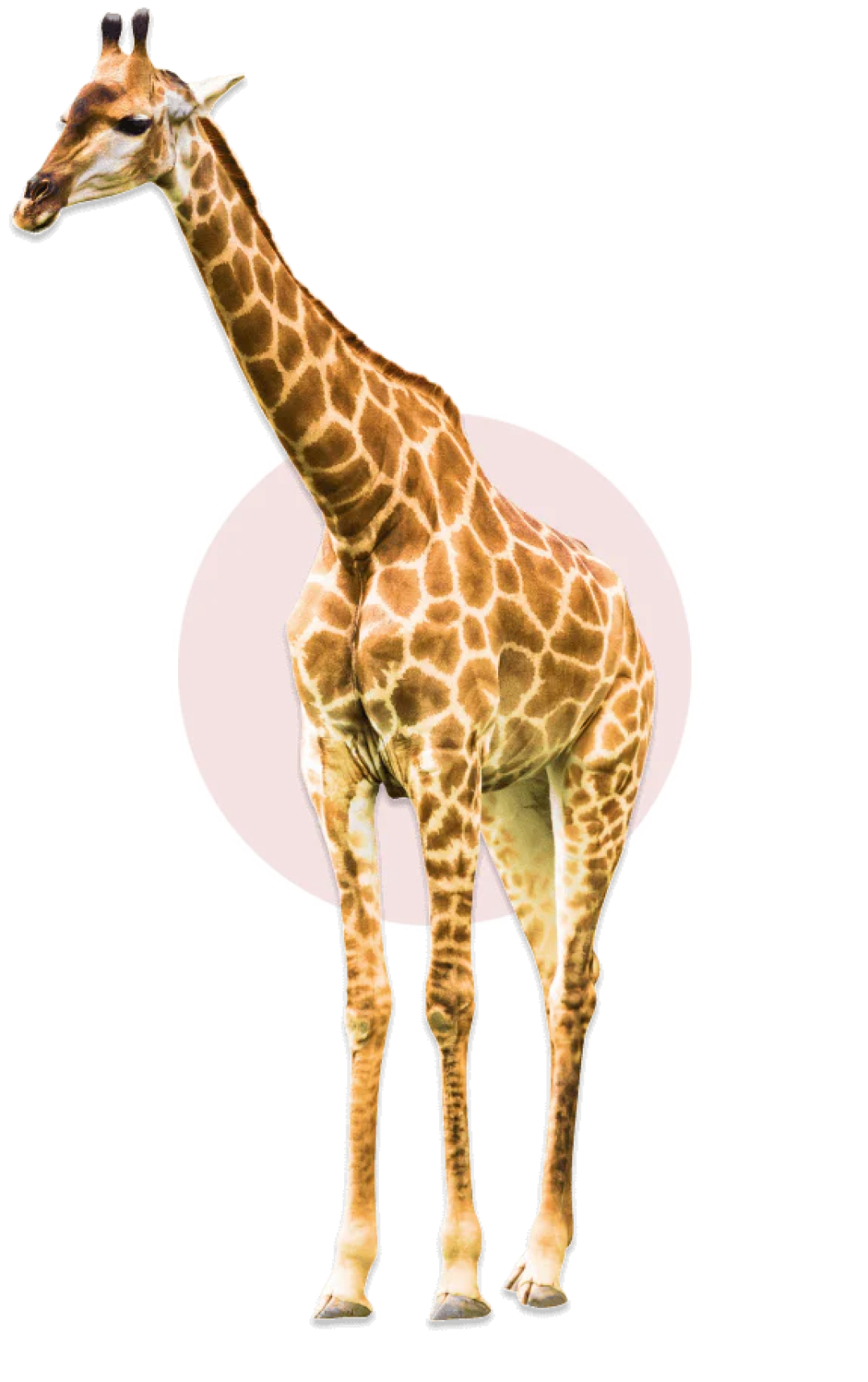
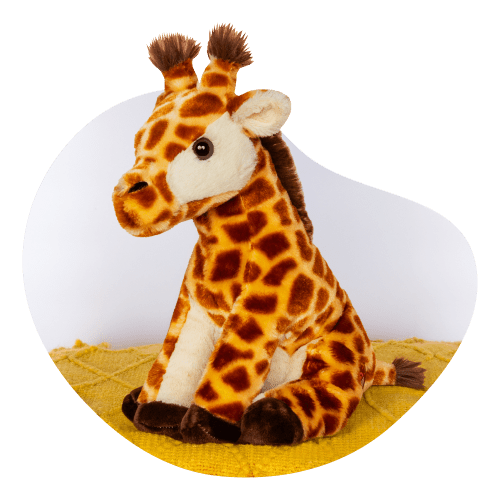
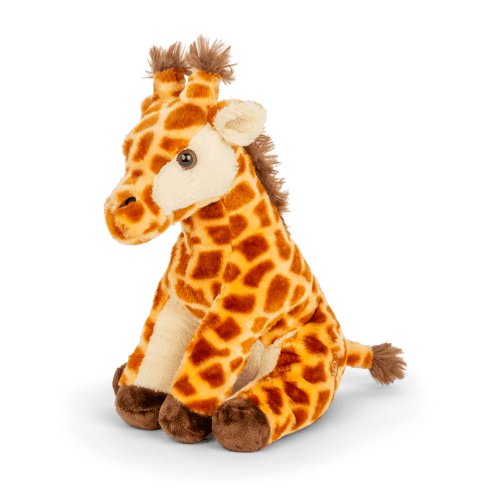
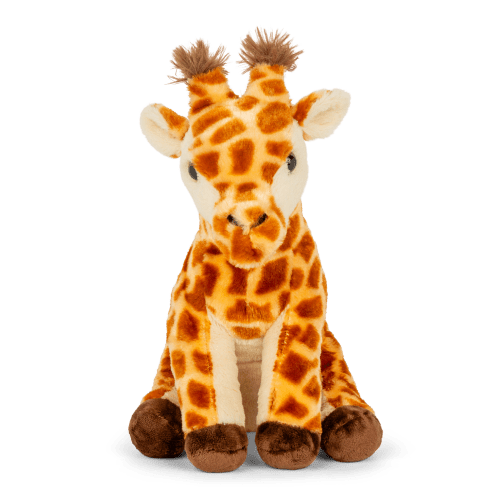
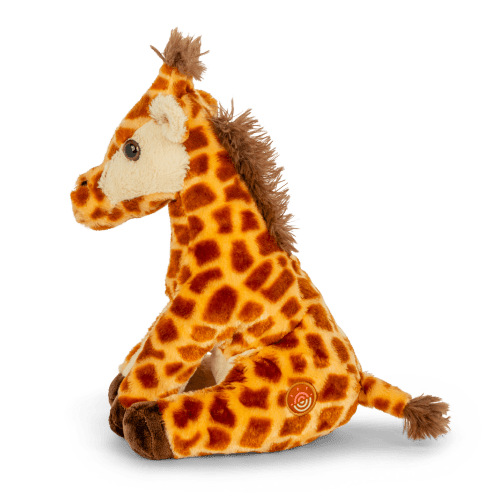
 This animal’s safety guarded with the Fahlo Protection Ping™
This animal’s safety guarded with the Fahlo Protection Ping™ Add 2 or more plush for free shipping
Add 2 or more plush for free shipping Fahlo donates 10% of all profits to our nonprofit partners
Fahlo donates 10% of all profits to our nonprofit partners Stuffing made from recycled water bottles
Stuffing made from recycled water bottles Huggable for all ages
Huggable for all ages Size: 11.5"
Size: 11.5" SSL Secure Checkout
SSL Secure Checkout Worldwide Shipping
Worldwide Shipping Dedicated Customer Service
Dedicated Customer Service 100% Happiness Guarantee
100% Happiness Guarantee